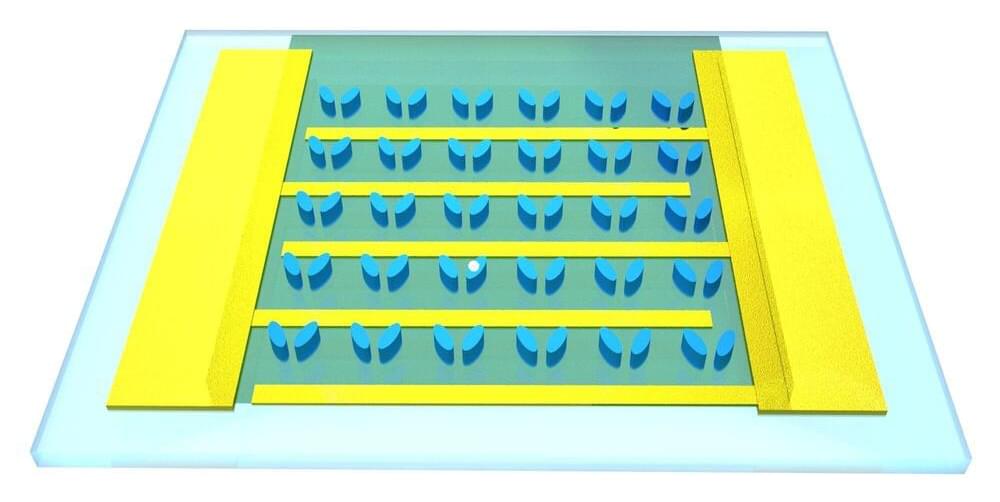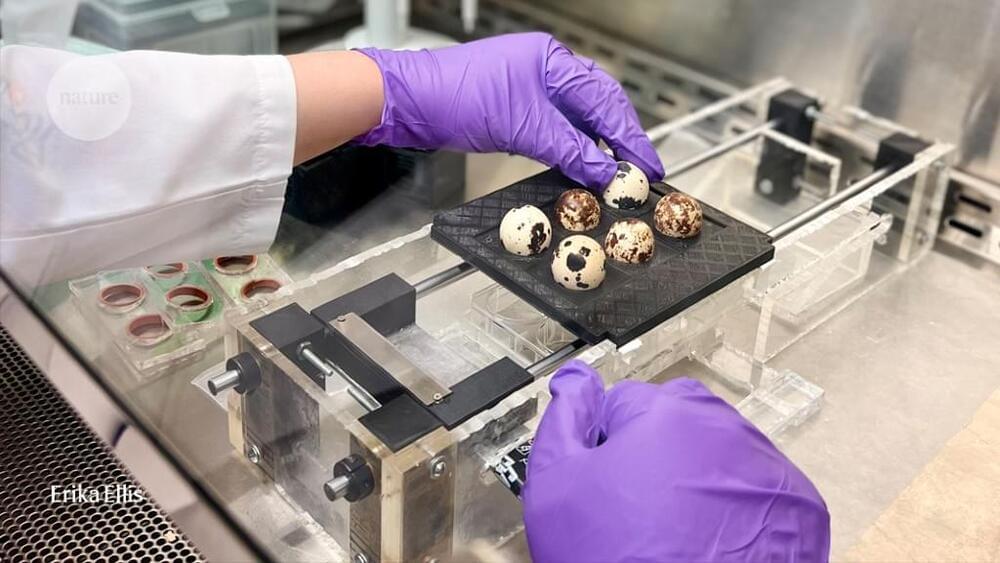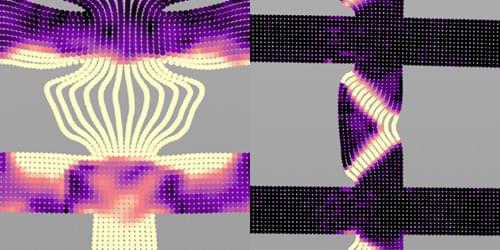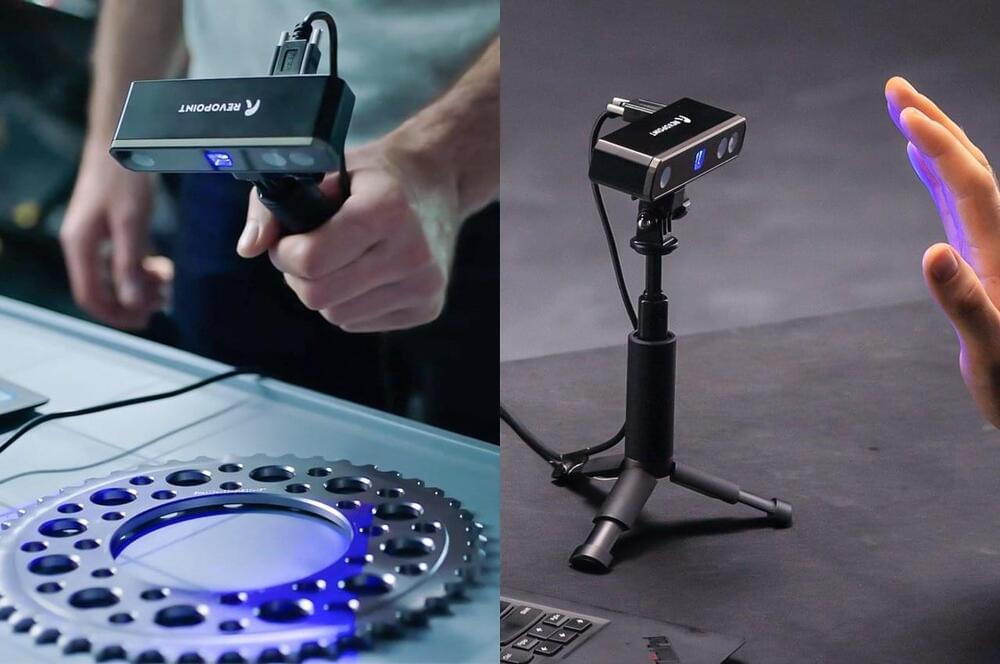Several years ago, a promising therapeutic using stem cell factor (SCF) emerged that could potentially treat a variety of ailments, such as ischemia, heart attack, stroke and radiation exposure. However, during clinical trials, numerous patients suffered severe allergic reactions and development of SCF-based therapeutics stopped.
A research team led by engineers at The University of Texas at Austin has developed a related therapeutic that they say avoids these major allergic reactions while maintaining its therapeutic activity. The keys to the discovery, published recently in Nature Communications, were the use of a similar, membrane-bound version of SCF delivered in engineered lipid nanocarriers.
“We envision this as something you can inject where you have lack of blood flow and it could induce blood vessels to grow in that area,” said Aaron Baker, a professor in the Cockrell School of Engineering’s Department of Biomedical Engineering, and one of the leaders on the project.






